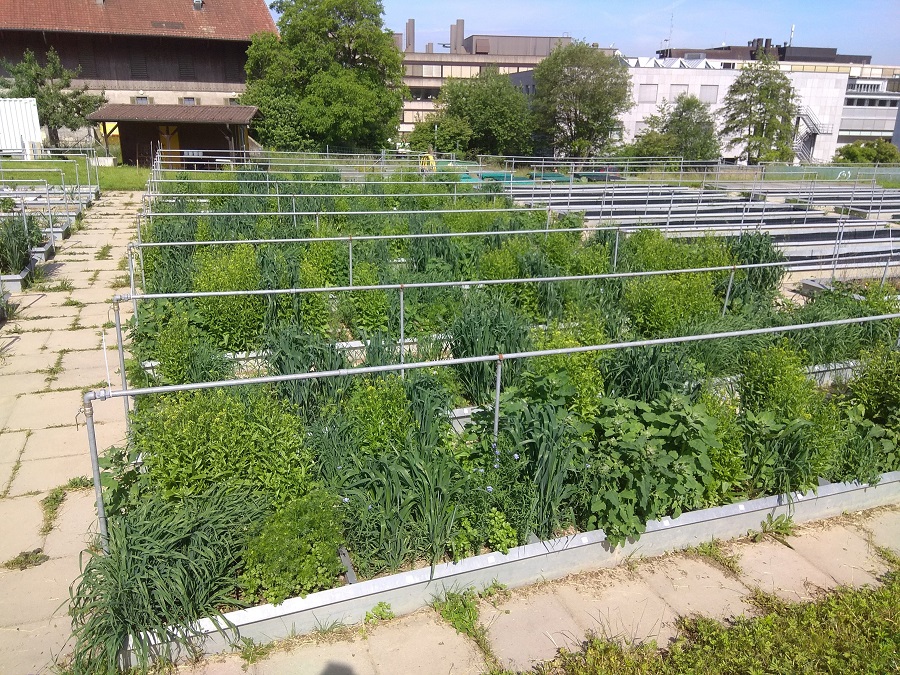Irene Vega
Mixed crops offer the possibility of improving agricultural sustainability through the use of synergies between species. Today, these crops are generally grown with commercial seeds that have been selected to maximize yield in monocultures. However, the potential for crop adaptation to mixtures has not yet been explored in annual cropping systems.
The study carried out by the URJC and the ETH Zurich has analyzed whether mixed crops could develop properties different from those of monoculture and whether these properties had a benefit for crop yield.
The results obtained, published in the scientific journal eLife, have revealed that plants adapted to mixed cultivation show less competition between them compared to the same crops composed of plants adapted to monoculture. The research team has also observed a higher yield in mixtures with adapted seeds than with monoculture seeds, while not seeing the same effect without fertilizer. “Surprisingly, we observed a convergence of properties between the coadapted species. The six crop species analyzed converged towards taller phenotypes with lower foliar dry matter content”, highlights Christian Schöb, co-author of the study and researcher in the Biodiversity and Conservation area of the URJC.
Thus, this study provides the first empirical evidence of the potential for parental diversity to affect plant-plant interactions, species complementarity, and potential crop yield. These results could have important implications for diversified agriculture, since they demonstrate the potential of specific varieties for mixtures to increase their yield.
Multiannual experiment for crop data collection
The study is part of the project “Ecology and evolution in practice: The evolution of the effects of biodiversity on productivity from the point of view of interactions between plants”, financed by the Swiss National Foundation, and is the result of the Crop Diversity Experiment, a multi-year experiment started in 2018 by the group of agricultural ecology from ETH Zurich, directed until January 2022 by Christian Schöb. The experiment has been carried out both in Zurich (Switzerland) and at the Aprisco experimental station, in Torrejón el Rubio (Cáceres). “This study is based on data from the third generation of mixed cropping carried out in Switzerland, comparing, on the one hand, monocultures with a series of mixed crops of two or four species and, on the other hand, both monocultures such as the mixtures sown with seeds cultivated the previous two years as individual plants, as a monoculture or as a mixture”, explains the URJC researcher. “Furthermore, we have studied the effect of the fertilizer both on the adaptation of the seeds to mixed cultivation and on the yield of crops in monoculture or mixture”, he adds.
From the conclusions of this work, a new avenue of experimentation is opened that could develop, through a development program, new specific varieties for mixtures and select other varieties as it exists for monocultures.




